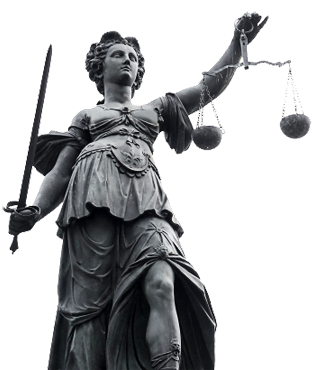Georgia ranked fourth in United States for foreclosure or rule out rates during August 2011.
– RealtyTrac
Charles Black meets daily with despairing homeowners, mostly middle-class workers squeezed between misleading mortgage modification processes and infrequent unemployment.
The mortgage modification program is often unfair. Homeowners are:
• Dinged for not presenting paperwork that was actually provided several times.
• Offered unaffordable changes and modifications based on grossly miscalculated income.
• And, finally, not offered any modification at all.
What’s more, consumers have no effective recourse when regulations are ignored or misunderstood by the modification staff of mortgage servicers.
Charles works hard to help guide homeowners through these challenging times.
“They are not your mortgage company; they are your landlord.”
Charles advises his clients that, if the “rent” is too high, move. With one mortgage on the home, mortgage companies rarely pursue you. They just put a foreclosure on your credit report and make a claim for the mortgage insurance.
However, if you have more than one mortgage, just walking away without filing bankruptcy might not be an option.
What is Lien Stripping?
There is one solution available in limited situations for Chapter 13 debtors. With lien stripping, the Bankruptcy Court changes a secured second mortgage or home equity line of credit into an unsecured loan or debt. Then the debt is paid pennies on the dollar through a Chapter 13 plan.
To strip the second mortgage, the debtor’s home must have an appraised value less than the first mortgage on the date of the bankruptcy filing.
There are drawbacks: Chapter 13 lien strips are expensive, even though the costs are paid in monthly installments over 60 months. But if a homeowner wants to keep their house, the extra cost might be worth it.
Call 770-944-3032 today for more details or for help with your bankruptcy questions.

